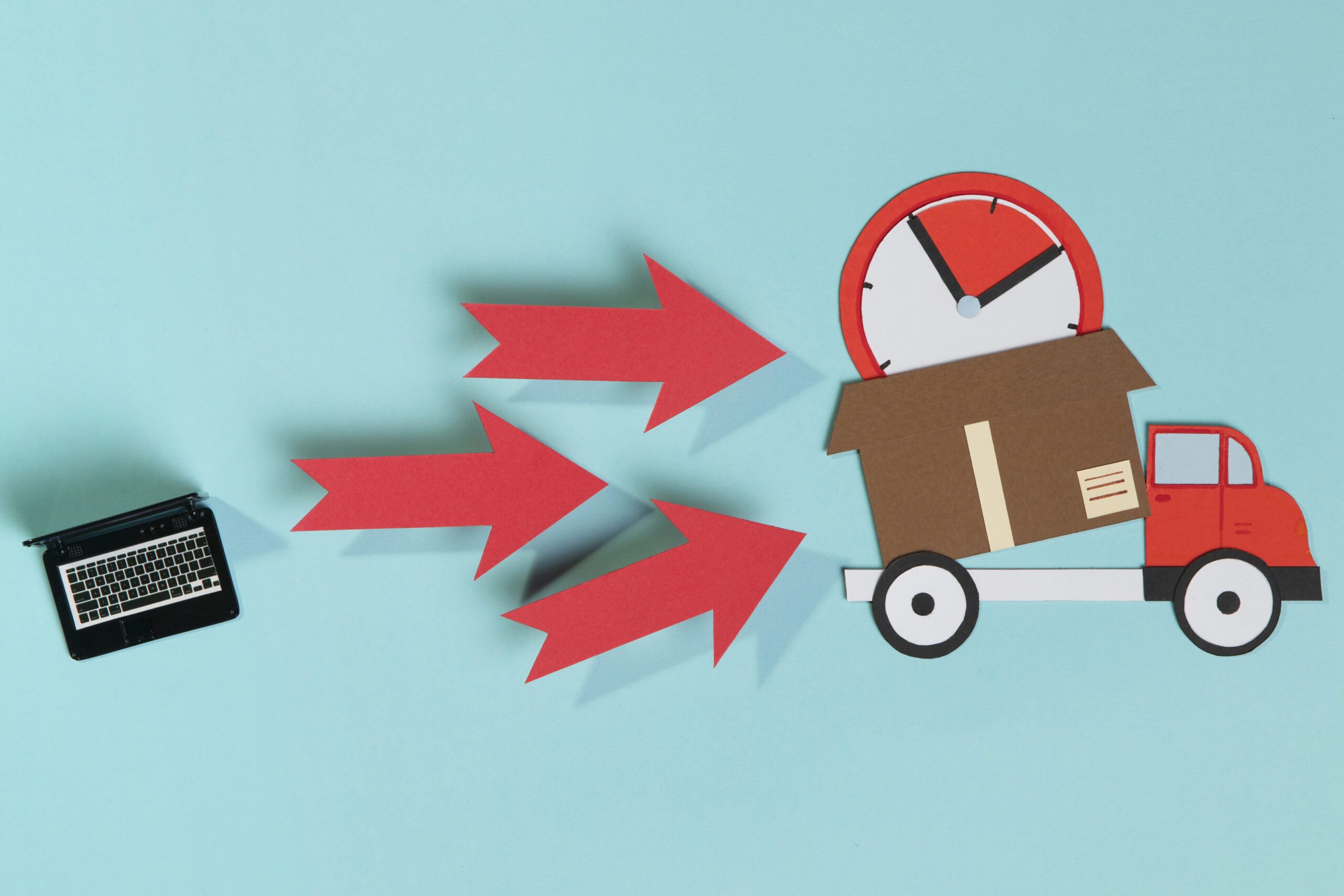Understanding the ROI of Packaging Design
In today’s competitive marketplace, effective design is more than just aesthetic appeal; it directly influences a brand’s bottom line. One of the most powerful ways to assess this impact is through Packaging Return on Investment (ROI). Packaging is often the first interaction consumers have with a product, making its design crucial for attracting attention, conveying information, and enhancing user experience. But how can brands measure the return on their packaging design investments? Let’s delve into the concept of Packaging ROI and explore strategies for effectively measuring it.
Understanding Packaging ROI
Packaging ROI refers to the financial return generated from packaging design, materials, and functionality investments. It encapsulates how effective packaging can drive sales, improve customer satisfaction, and ultimately, boost profitability.
Calculating Packaging ROI involves a straightforward formula:
ROI = Cost of Packaging Changes / Net Profit from Packaging Changes ×100
This formula provides a percentage that can help stakeholders understand the financial impact of packaging decisions.
The Importance of Measuring Packaging ROI
- Justifying Design Investments: Measuring ROI is crucial for demonstrating the financial benefits of packaging design, helping designers and marketers justify expenditures and advocate for necessary changes within tight budgets.
- Guiding Design Decisions: Understanding the impact of different packaging elements, such as color, material, and structure, on sales can guide future design decisions, optimizing projects for better results.
- Enhancing Consumer Experience and Sustainability: ROI measurement goes beyond sales by considering consumer satisfaction and the value of eco-friendly packaging, enabling brands to enhance usability, promote repeat purchases, and attract eco-conscious consumers.

Key Metrics for Measuring Packaging ROI
To accurately measure the impact of packaging design, brands should focus on several key metrics:
- Sales Uplift: Track changes in sales before and after a packaging redesign. An increase in sales directly correlates with the effectiveness of the new packaging.
- Customer Feedback: Surveys and focus groups can provide qualitative data about how packaging influences purchasing decisions. Pay attention to feedback on design, functionality, and emotional appeal.
- Brand Perception: Use metrics like Net Promoter Score (NPS) or customer satisfaction scores to evaluate how packaging affects brand perception. Positive changes in these scores can indicate successful packaging design.
- Return Rates: High return rates may indicate that the packaging is misleading or does not meet customer expectations. Analyze return data to assess whether packaging impacts consumer satisfaction.
- Shelf Appeal: Conduct in-store tests or use eye-tracking technology to measure how well packaging attracts attention on shelves. This data can correlate with sales performance.
- Market Share: Tracking changes in market share before and after packaging changes can provide insights into how effectively the new design resonates with consumers compared to competitors.
Strategies for Effective Measurement
- Set Clear Objectives: Define what you aim to achieve with packaging changes—whether it’s increased sales, improved brand perception, or enhanced sustainability. Clear objectives will help focus your measurement efforts.
- Conduct A/B Testing: If feasible, test different packaging designs in real market conditions. Analyze performance metrics for each version to determine which resonates best with consumers.
- Leverage Data Analytics: Utilize data analytics tools to track sales trends, customer behavior, and market dynamics. A data-driven approach will provide deeper insights into the effectiveness of packaging design.
- Engage Cross-Functional Teams: Involve stakeholders from marketing, sales, design, and operations in the measurement process. Each department can provide valuable insights that contribute to a holistic understanding of packaging impact.
- Iterate Based on Findings: Use the data collected to refine packaging designs continuously. A feedback loop ensures that packaging evolves with consumer preferences and market trends.
Conclusion
In the realm of consumer products, packaging is not just a protective layer; it’s a vital component of a brand’s identity and marketing strategy. By measuring Packaging ROI, brands can gain valuable insights into the effectiveness of their packaging design, justify investments, and enhance overall business performance. As consumer preferences continue to shift, leveraging data-driven strategies to assess packaging’s impact will be key to staying competitive and relevant in the market.
In a world where first impressions matter, let’s ensure that our packaging not only captures attention but also delivers measurable results.
Maximize the impact of your packaging with TQDS! Our team specializes in creative designs that engage consumers and increase sales. Visit us or contact us to find out how we can help you measure and improve your Packaging ROI. Let’s elevate your brand together!
Check out our more blogs related to packaging design and discover insights to make your brand stand out!





